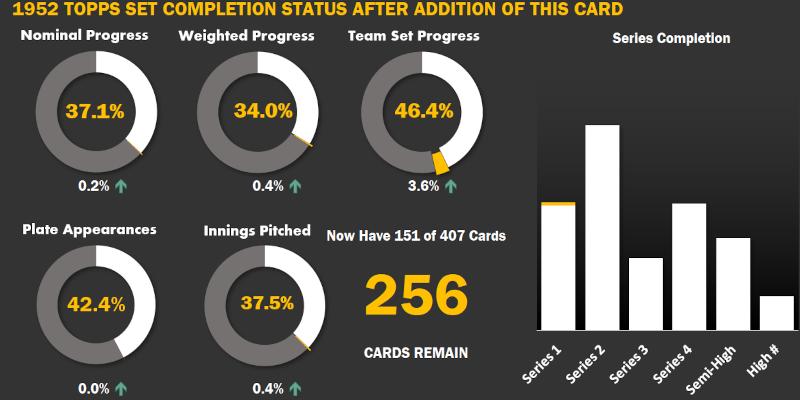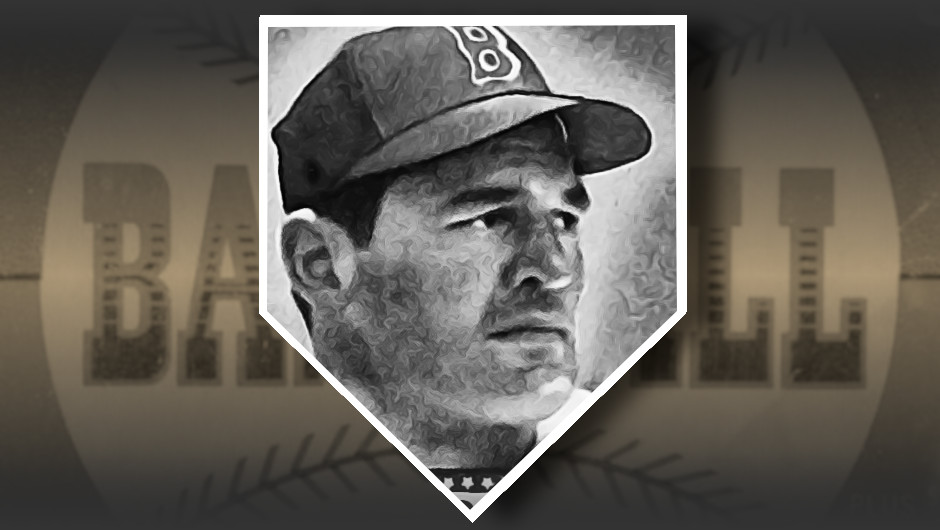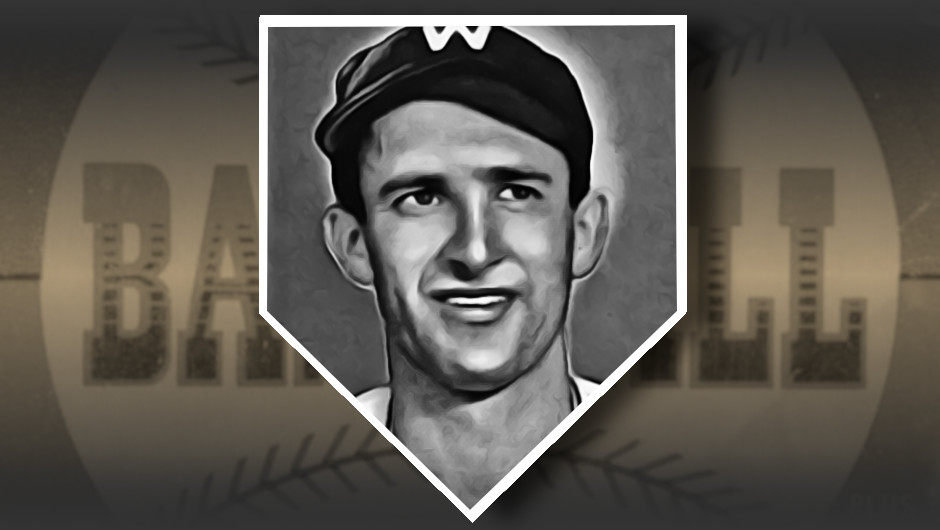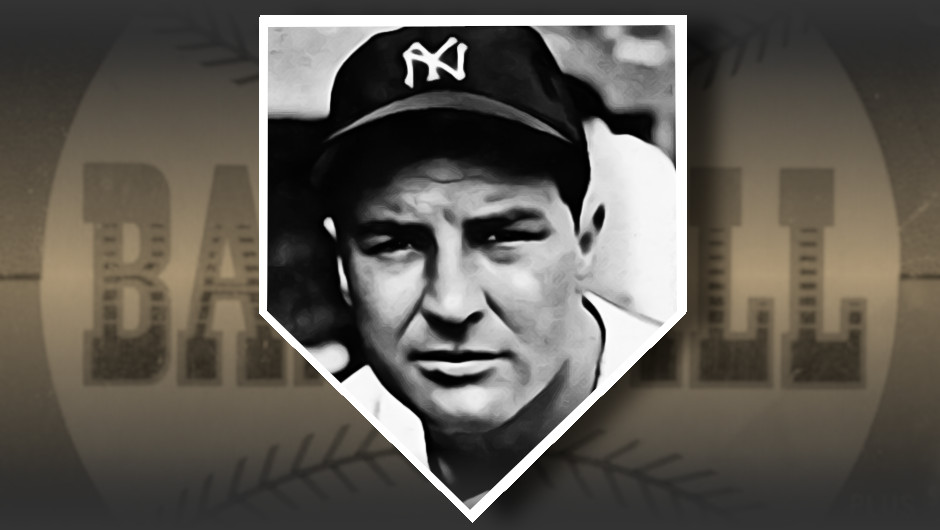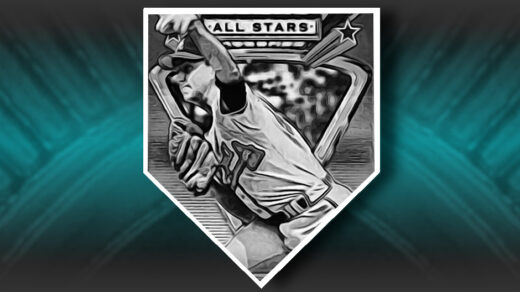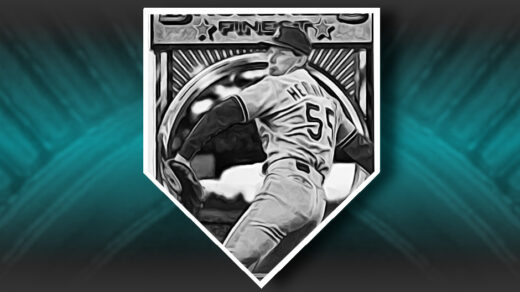Joe Page was the primary relief pitcher of the New York Yankees through the later years of World War II through the team’s 1950 championship season. Yankee fans knew the game was in good hands when Page came out of the bullpen in later innings. His manager even selected him for three American League All-Star teams in an era in which relievers usually did not warrant consideration. Page sneakily generated one of the era’s higher strikeouts per 9 innings ratios.
Page likely would have continued in his role as the Yankee fireman (both as a reliever and a result of him living in an apartment above a NYFD station) had his left arm not given out between the 1950 and 1951 seasons. He spent all of 1951 in the minor leagues trying to regain his former ability with more of the same in 1952. He didn’t play at any level in 1953.
The biographical text on the back of Page’s 1952 Topps card touches on his arm trouble, wrapping up with “Joe expects to come up again.” Amazingly he caught on a few years later after having dropped out of the International League in 1952. His hometown Pittsburgh Pirates signed him for the 1954 season and sent him straight to the majors. He pitched less than 10 innings and gave up 4 home runs, ending his career but he still made good on his goal of returning to the big leagues.
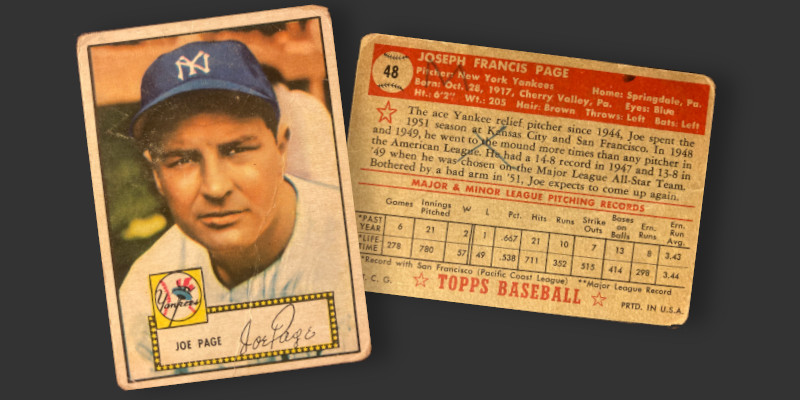
This card differs from others in the checklist in a couple ways. Page is one of several players appearing in the set who were not on Major League rosters, but he actually made it back. His short name (second shortest in the set) allows for some flexibility in the card’s design, leading his name and facsimile signature to be laid out next to each other rather than stacked vertically. The card is also a subject of interest, as a handful of the black-back varieties omit the text containing “Joe expects to come up again,” instead displaying the biography of teammate Johnny Sain.
The Page/Sain error has a long history in the hobby and is one of the better known variations sought by collectors. I purchased this particular card for my collection at the June 2022 Chantilly card show. This was the second purchase I made that day and came from a dealer positioned along the building’s right wall near the concession stand. Having not yet inspected most of the tables and in my excitement of finally attending a large show I overpaid, forking over $10 for this low grade example. The seller kept trying to tell me I was getting a steal, telling me the card was discounted by 90% and conveniently forgetting that the $100 figure he was referencing was for scarce, flawless examples of the card. After this was pointed out, he told the tale of how rare the wrong text version is, again omitting the corollary that scarcity is what makes the wrong-back version so valuable and this version so much less expensive. Whatever, I talked myself into buying it, effectively paying $5 for the card and $5 for the experience of being in a convention center full of cardboard.
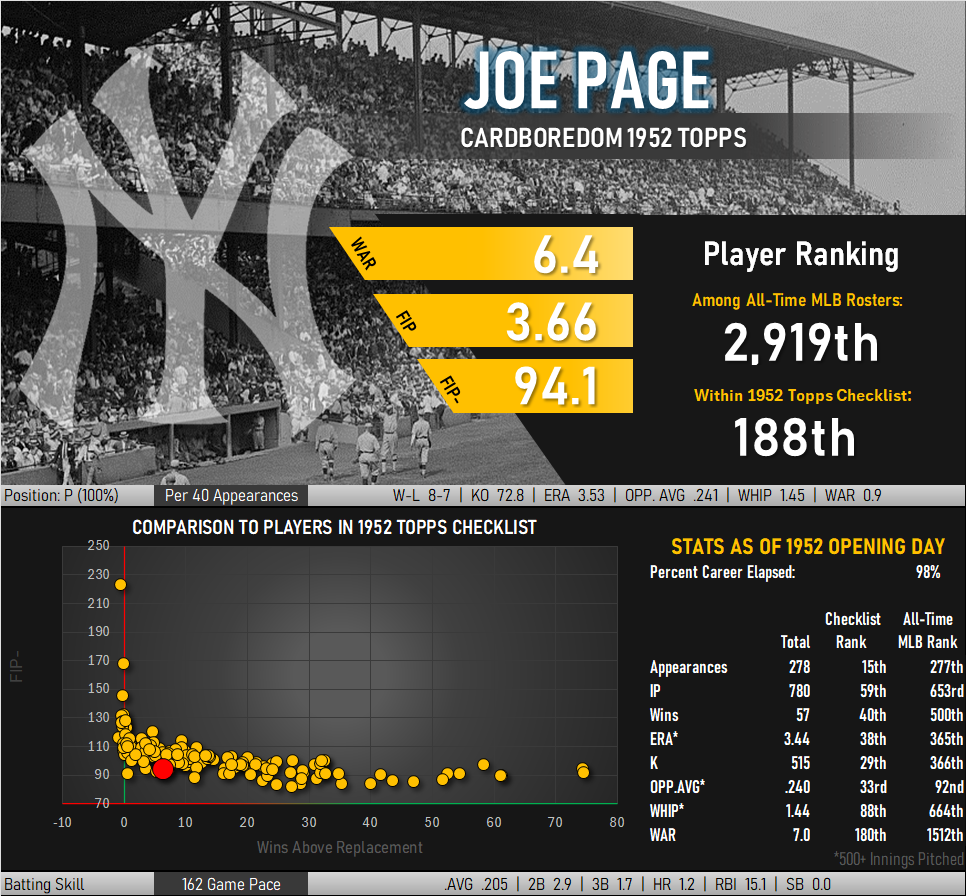
Interesting Fact: Years before ever thinking of a major league pitching career, Page was a child worker in a Pennsylvania coal mine.
